How to Become an Illustrator: A Simple Guide for Beginners
Does being able to draw mean you can be an illustrator? How is an illustrator different from a graphic designer? Is it hard to work as an illustrator?
Many people want to learn a new skill in their spare time, and some even consider freelancing or switching careers. If you're wondering how to become an illustrator, this article gives a clear beginner's guide and practical tips.

In this article, you will learn:
- What Is Illustration?
- What Kinds of Illustration Are There?
- Main Uses of Illustration
- How to Become an Illustrator?
- Conclusion
What Is Illustration?
Drawing and illustration are both visual arts. They both use color, images, and lines to share ideas. But they're not the same.
Drawing focuses more on artistic skill and personal expression. A drawing often shows the artist's feelings and leaves room for the viewer's imagination. Illustration, on the other hand, is more about clearly communicating a message. It's usually more direct and purposeful.
Graphic design is even more functional than illustration. Of the three, graphic design is the most commercial. It emphasizes order, neatness, and consistency. Graphic designers often work with layout, spacing, and proportions. To fit different sizes and media, they commonly use vector graphics so designs stay sharp at any scale.
Illustration sits between drawing and graphic design. It offers more creative freedom than graphic design, but it's also meant to communicate clearly. That makes it both an art form and a practical tool.
Because illustrations are so flexible, they can be used in many ways: book illustrations that support text, ad illustrations that boost brand image, or artwork for product packaging.
What Kinds of Illustration Are There?
Illustration is usually split into two main types: hand-drawn (traditional) illustration and digital illustration.
1. Hand-drawn illustration
The tools you need depend on the style. Common hand-drawn media are pencil sketches, watercolor, and colored pencils. A hand-drawn piece often shows the making process — you can see the strokes, pressure, and small details.
The artist's touch comes through on the paper. One downside is that, unlike digital work, it's harder to undo mistakes, so you need to plan your strokes more carefully or spend more time fixing things.

2. Digital illustration
Digital illustration is made with drawing software. Instead of paper and paint, artists use a drawing tablet and a computer (or a tablet computer like an iPad). Many artists now prefer tablets because they're convenient and flexible.
At first, some people feel digital work looks less "alive" than traditional media, but modern apps can mimic different brushes, pressure, color depth, and shading very well, so digital pieces can look very natural and detailed.
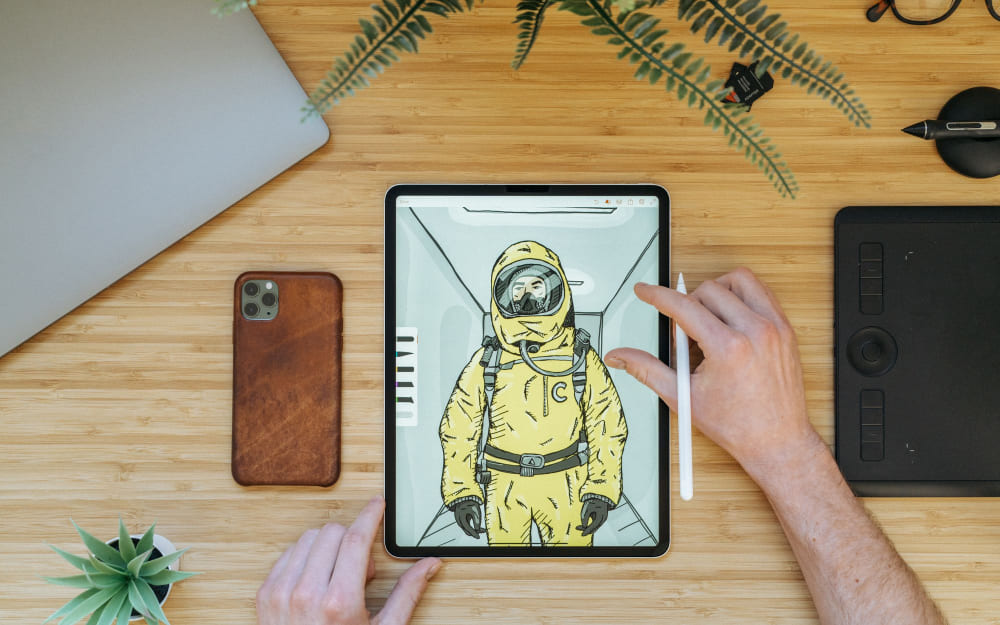
For artists who create digital illustrations, a good controller can really improve your workflow. That's why we recommend TourBox — using it feels as natural as holding a game controller.

You won't have to memorize complicated shortcuts or repeat the same tedious steps. TourBox simplifies each action and makes your work more intuitive and easier.
If you're curious, check out our Digital Painting page to learn more.
Main Uses of Illustration
1. Book illustration
When people think of illustration, many picture children's books or book art. One big use of illustration is to support stories in books. Children's books especially need bright, colorful pictures to catch the eye and tell the story.
Publishers also sometimes use illustrations for book covers.

2. Commercial Illustration
Commercial illustration has a lot of possibilities and a strong market demand. Many illustration styles can help shape a brand's image.
Companies often work with illustrators when designing mascots, product packaging, or ads. They hope the art will attract customers and help their products stand out. Fans of the illustrator may also buy products as collectibles.
3. Illustration for Video and Motion
Besides print, illustrations are used in moving-image projects like TV, film, and computer graphics. Characters, opening titles, animations, game art, and even website home pages can all include illustration.
How to Become an Illustrator?
If you want to become an illustrator, a common question is: can you learn it on your own? Many beginners who want to be illustrators don't have a formal art background or professional training.
So, here are our suggestions for how a beginner can become an illustrator:
1. Use online resources
Besides taking classes at a studio or buying a how-to book, many online platforms now offer solid illustration lessons. So teaching yourself to be an illustrator is definitely possible, and there are many paths you can take.
If you want free options, search YouTube for tutorial videos. You'll find lots of videos for both hand-drawn and digital illustration software. The downside is less interaction, and some videos may be out of date.
If you want a more complete learning experience, try paid online courses. Some courses include instructor feedback or live help to make learning more interactive.
2. Find Your Own Art Style
Lately, cute cartoon and comic styles have been very popular. Many illustrators use this look to record daily life and share it on social media. Cute art mixed with honest, relatable moments can win a big following and bring commercial gigs.
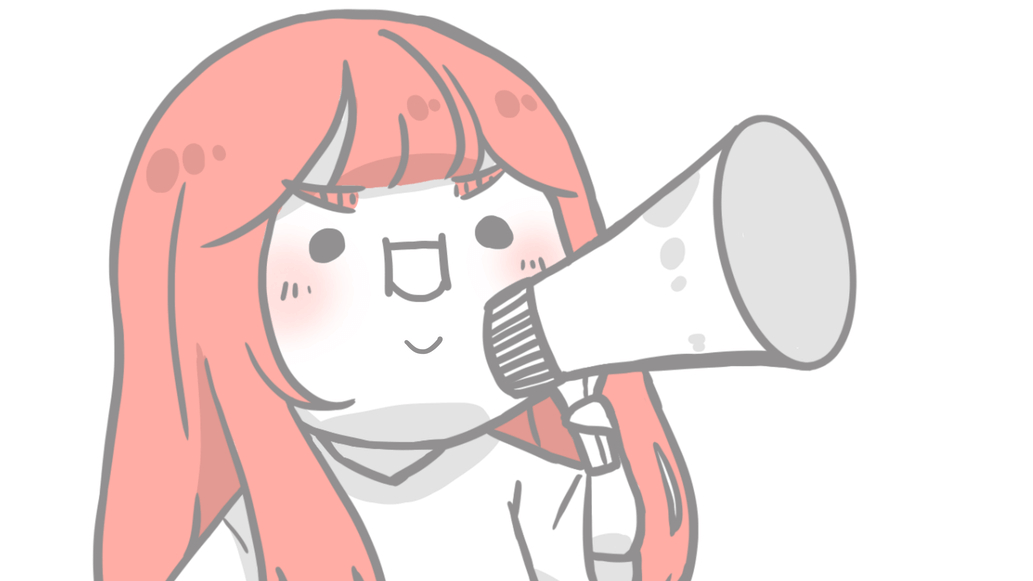
But just because a style is popular doesn't mean it's right for you.
In the U.K., a young artist called Mr. Doodle made a name for himself with doodle art. He calls his work "obsessive compulsive drawing" and treats any surface as a canvas. He even did a 50-hour doodle marathon for charity.
His unique style attracted brand deals and product collaborations. He also inspired other illustrators to try doodling styles.
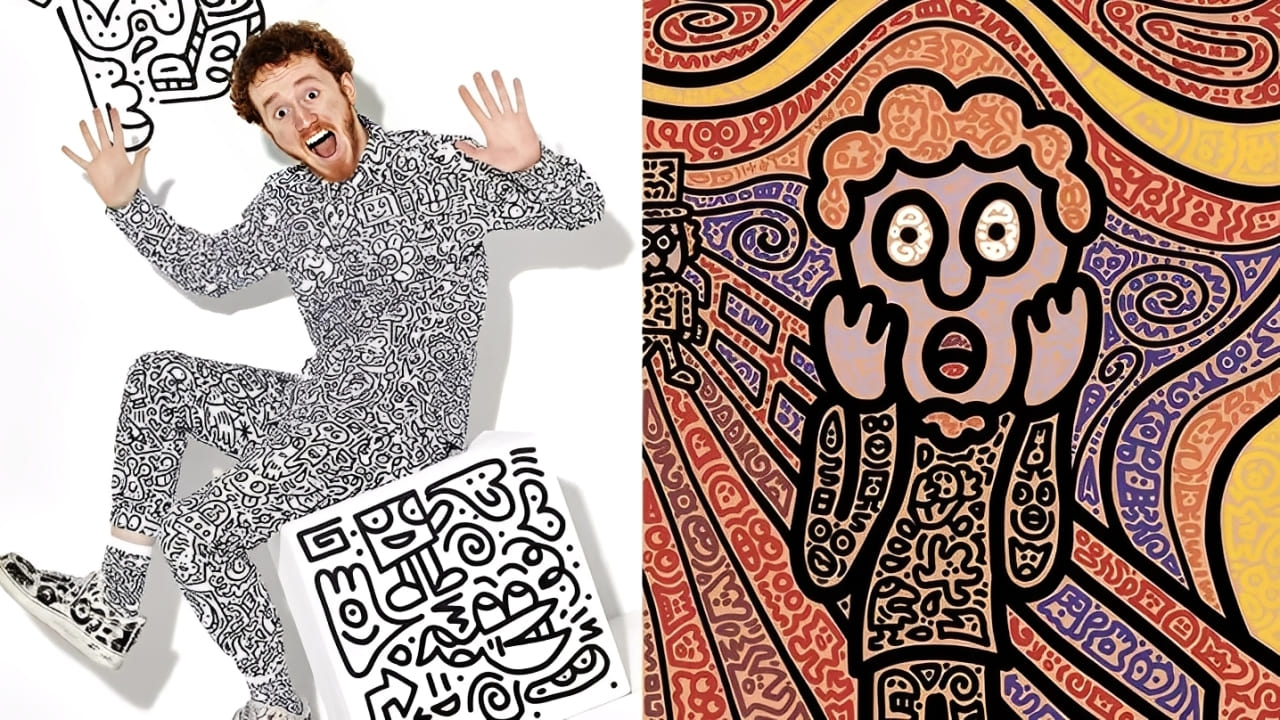
So it's important to find the illustration style that fits you best.
3. Keep Building Your Sense of Design
Besides drawing skills, illustrators need a good eye for color, shapes, and proportion. They also need to know how these elements help express emotion, support a theme, or fit a brand.
The best way to sharpen your taste is to study lots of different work. Look at great pieces and copy what you like to learn why they work.
Here are a few sites you can use to find and share illustration work:
4. Copy First, Then Make It Your Own
Every illustrator wants a unique, memorable style. But as a beginner, it's smart to learn from strong work first. Start by imitating good pieces to practice techniques and ideas.
Over time, pull out the parts you like and mix them with your own ideas. That's how you'll develop a style that's both original and true to you.
5. Learn to Promote Yourself
Besides working on your art, it's important to learn how to promote yourself.
Once your work reaches a solid level, make a focused portfolio website. Pick 8–12 pieces that best show your style and what you can do. Group them by client type (children's books, editorial, concept art, etc.). Show the finished pieces, your process, and real-world uses.
Social media isn't everything, but it's the easiest way in. Pick 1–2 platforms and post finished work and short speed-draw videos regularly. Put your website and contact info where people can see them right away so potential clients know what you do and how to reach you.
Then turn that exposure into business: be clear about the services you offer and your price tiers (personal use, commercial license, exclusive license). Write simple, clear rate sheets and explain your delivery process. Send short, useful, targeted emails to potential clients on a regular basis.
Also, diversify how you make money: take commissions, sell prints or digital packs, join markets, or group shows. Consistency beats waiting — set small weekly goals (post 3 times, send 5 targeted emails, list one product). Over time, your portfolio, social media, and network will turn into steady clients.
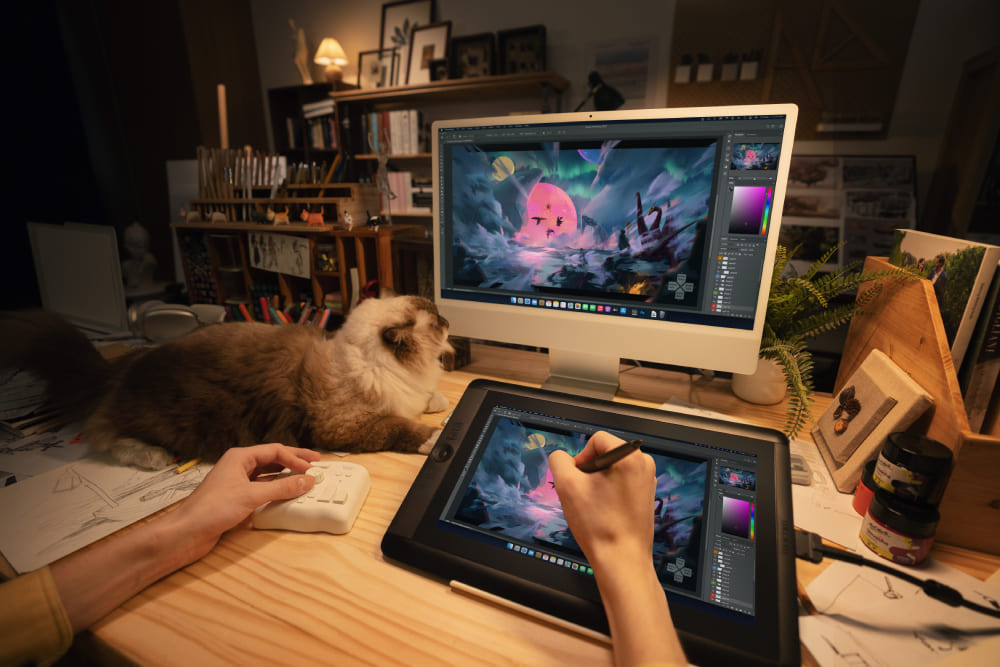
Conclusion
The world of illustration can't be summed up in a few lines, and it won't happen overnight. This article is just a starting point. To become an illustrator you need passion, steady practice, and a habit of always learning to sharpen your skills.
If you want to make illustration your career, learning how to promote yourself is important too. As you launch your illustrator journey, use social media and creative platforms to get noticed and find more work.
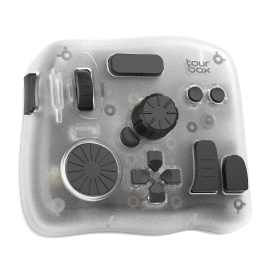
Finally, if you like creating on an iPad, check out our TourBox Elite Plus. It works with both computers and iPads, and it can really speed up your workflow and make creating more fun.